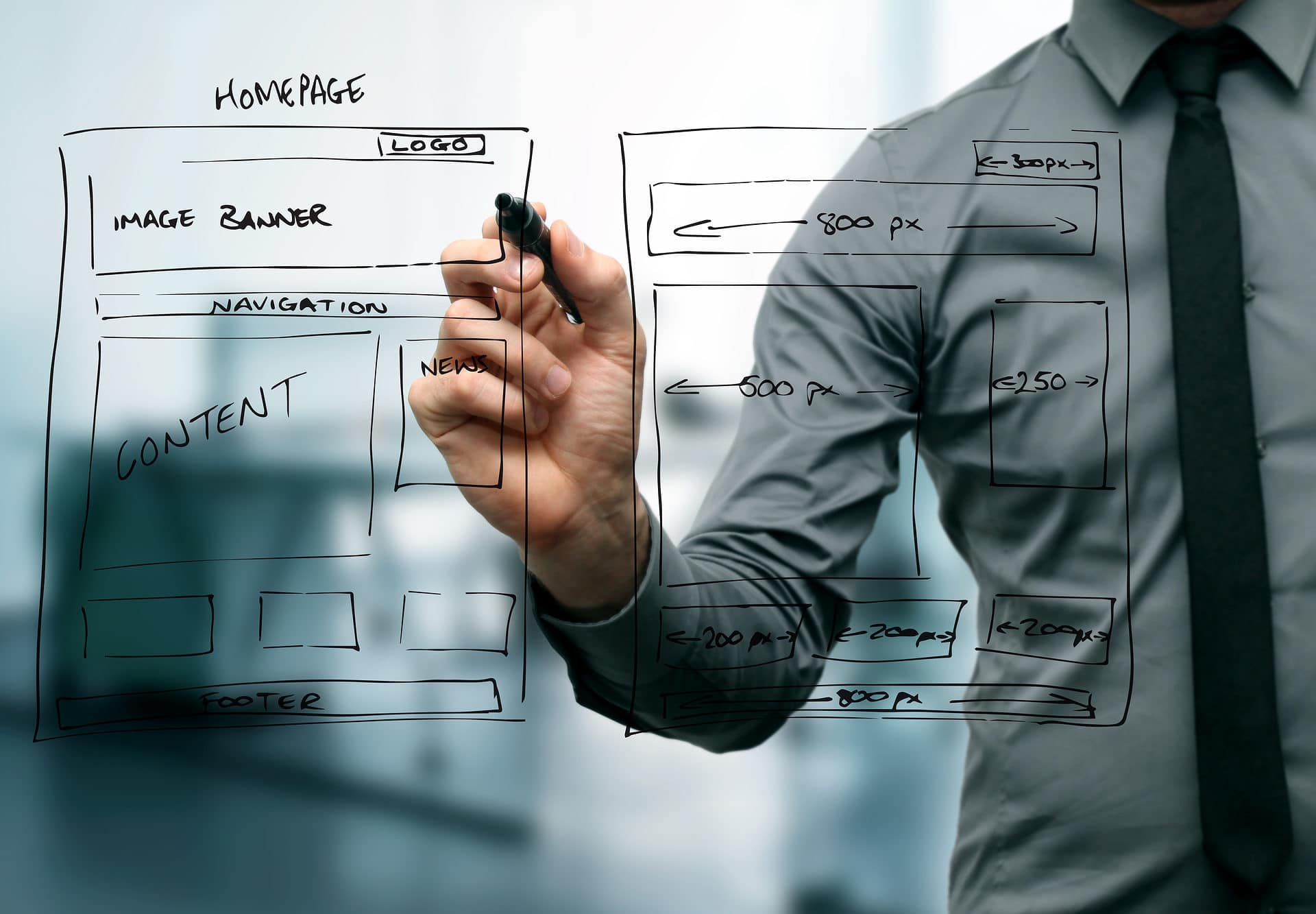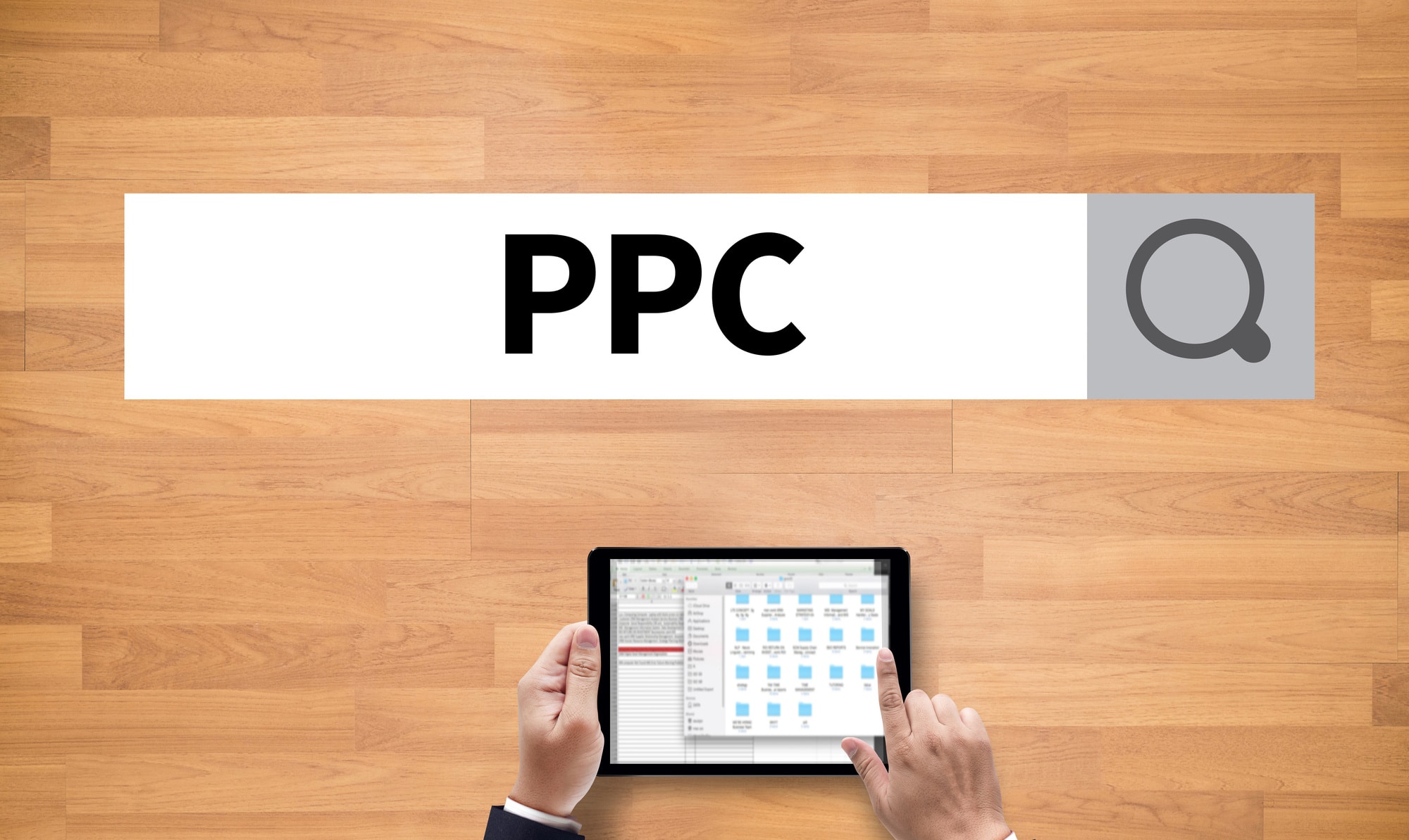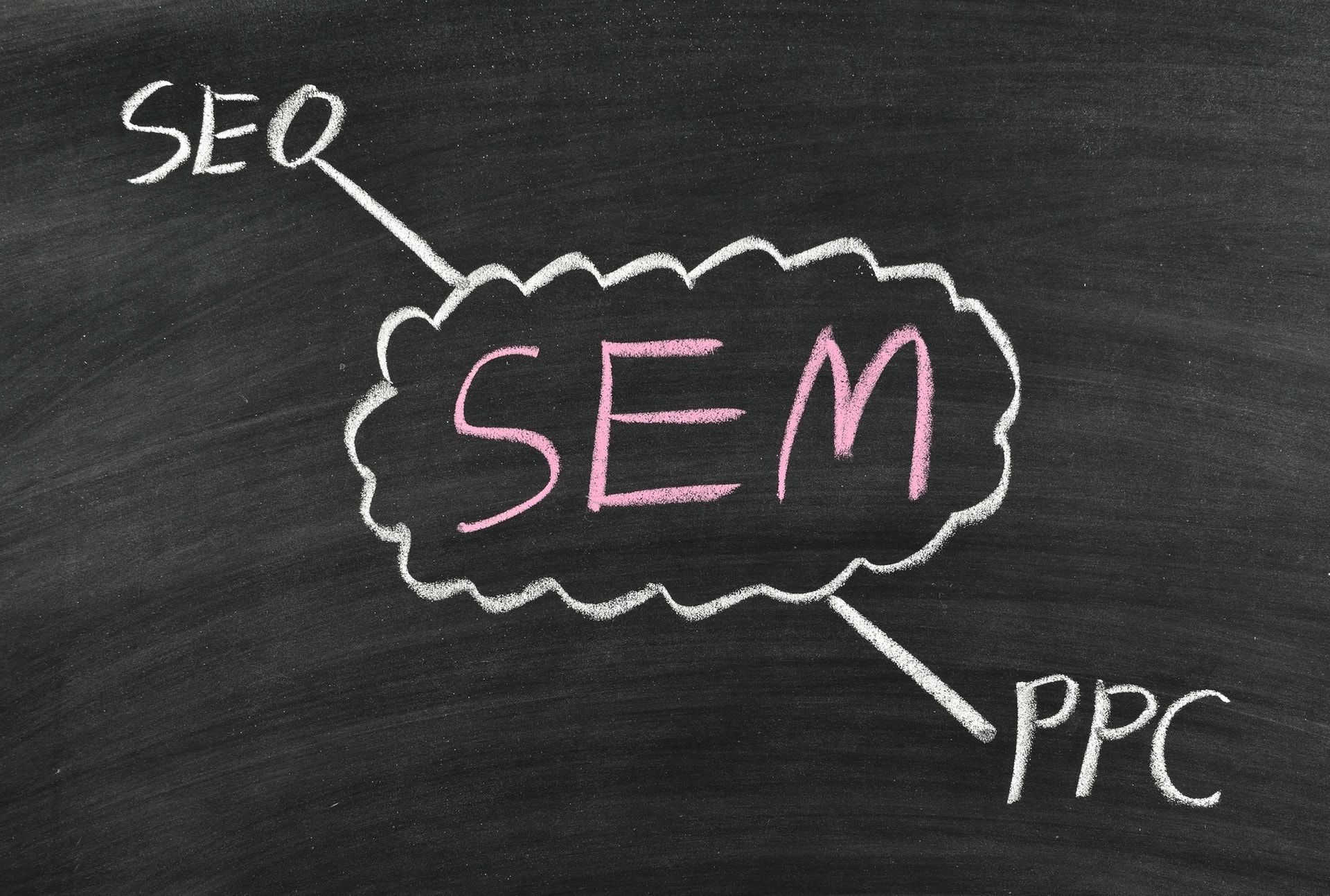One of the whole reasons you decided to make a website is to generate leads. You see traffic going to your site, but where are the conversions?
Clickthrough rate (CTO) is great, but conversion rate is the make or break point of your site. If they aren’t converting, they aren’t doing what you want them to do.
There’s a lot of chatter lately about conversion rates and it can get a bit confusing. There’s even a lot of questions about what a conversion rate even is.
Does it depend on SEO? What about your web design? Should you hire a web design agency that has SEM and SEO marketing departments too?
Keep reading to find out all the answers about conversions and how web design can impact your conversion rate.
What Is a Conversion Rate For a Website?
The definition of a conversion rate is more or less the same, no matter which SEO blogger or company you ask. That said, the most important source is the one whose attention you’re trying to get — the search engines.
Google has posted its definition of a conversion rate. Their formula of conversions divided by interactions is simple enough that anyone who has gone through middle-school math classes should understand. It’s unfortunate, then, that it leaves many questions unanswered.
What if you have no paid ads? What if it’s over 100%? Am I even doing this right?
Before you can accurately find your conversion rate, you need to know if your definition of a conversion is the correct one. Having the correct definition of an “interaction” and of a “conversion,” as well as how you track these, can dramatically alter your formula.
Is Your Definition of a Conversion the One You Need?
Are you targeting the right definition for a conversion? If not, your conversion rate may be high but your actual sales or intended final results may not reflect what’s actually happening on your site.
A conversion is defined as the action someone takes the action you want them to. An action that someone takes usually follows a CTA or call-to-action statement.
Use calls to action (CTA) effectively and aesthetically to direct your user to the next step. This might be clicking a button that slides them to the next anchor point in the page or to a buy screen. It could even be as simple as asking them to keep reading for the answer they need to soothe their pain point.
You can track active page times, how far they scrolled down the page, mouse hover actions, clicks, and more on your website. Facebook, for example, even tracks how long an ad will stay on a certain portion of your screen to determine your interest in the product.
In the future, algorithms will repeat the ad or give similar ones, until you click (the conversion). Ultimately, they have two metrics for conversion attached to the ad. Those are lingering on an ad and clicking on it.
If the desired action is a good conversion it will push your visitor further down your funnel.
Why Website Design Is Important to Your Conversion Rates
Web design is not only making something look nice. Nice aesthetics are a tool that designers use to accomplish a task. That task is to get you to focus on one thing at a time in sequence. In the end, you get the idea or perform the action that the designer intended.
In a very real way, it’s social engineering and manipulation of attention and focus, like a magician does with an audience. For a designer to achieve success, the illusion and process must get executed in a seamless, transparent, and effortless-looking way.
Graphic design is deeply tied to marketing because visuals produce dramatic results. Graphic design, though, doesn’t end at marketing. Your website also should use clear design logic to propel the user into becoming a customer.
How does it do this?
- Logical and aesthetic appearances boost your website’s credibility
- It enhances your SEO efforts
- Good design keeps people on your site engaged
- It makes them feel good
- Great design makes your page accessible
- Design principles keep it simple
- Simplicity makes your website quick and agile
Conversions and Credibility
Stanford University’s Persuasive Technology Lab worked hand-in-hand with Consumer Reports to find out the credibility of various websites. They produced parallel studies with over 4,000 participants. Most participants were consumers instead of experts.
Using the two studies, the Stanford PTL created Standford’s Web Credibility Guidelines.
This was initially created on the back of the study, in 2003. Ten years later, Consumer Reports updated the list, mostly expanding on the points and updating them for the rise of mobile devices.
B.J. Fogg, the head of Stanford’s project, was sadly disappointed by the average person’s ability to assess the credibility of a website.
He said that while he wished people double-checked information and sources when they surf the web. The truth was clear to him that people really do judge a website by its cover. When people don’t see what they expect there is no second test.
It’s true “for automobiles and politicians,” Fogg lamented.
The results of the credibility of a website by experts in web design, persuasion, health, and other industries went quite differently. They were much more interested in accuracy and content than the appearances of sites in their industry, overall. Quantifiably, the look of a design equals 7.6% of the comments of the experts’ opinions of a site’s credibility, compared to 41.8% for consumers.
In this case, it’s obvious why website design is important for conversions. People believe what looks credible. Good website design makes you look credible from the first impression.
SEO Gets People Clicking
Google took all of this into account. These findings, along with other web psychology pioneers, gave the raw data that later became “search engine optimization.” It’s important to know that SEO is different from search engine marketing (SEM).
Google wanted to get the right pages to the right people and part of that became serving pages that appeared legitimate — whether they were or not.
The science of SEO is constantly evolving as Google decides different factors are more important than others and they find ways to circumvent people trying to rig the game. SEO is constantly a game of cat and mouse, with SEO companies looking for what Google says is important and minimizing what it says isn’t.
Fortunately, Google is getting better at serving pages that have comprehensive and accurate content.
Looking at your competitor’s best-performing pages is still one of the best ways to find out how to funnel them to yourself instead. So, too, is dialing in the intent of your webpage or website in general.
Good web design helps you to serve up content in a comprehensive, informative, and accurate way. It also reduces reading times, increases engagement, and gets your site ranking high. This means that a higher ranking on a SERP (search engine results page) can often directly correlate to good website design.
You can’t convert people who don’t go to your site in the first place.
User Experience (UI/UX) Makes Them Stay
UI/UX stands for user interface and user experience. These represent the tools you give your user to navigate and interact with your website or app and the experience they have while using it.
You also want to make your links and buttons stand out. We’ve already talked at length about PayPal buttons and how you can get functionality from them while still achieving consistency in your design.
Whitespace is, in its most simple concept, a blank area between or within shapes or elements. This includes letters, logos, or blocks of elements like paragraphs. We feel uncomfortable when things are too densely packed.
For example, look at this research paper on the effects of whitespace that doesn’t use very much of it. At most, people will only get through the smallest paragraph — the abstract.
All of this means that the user experience is pleasant because it’s simple. The user interfaces like menus and other clickables shouldn’t need a manual.
Good UI/UX is effective management of cognitive load. This is a holistic approach of using whitespace and all other features of UI/UX to ensure you don’t overload your users.
A list of good practices could look like this:
- Consistency between pages
- Well written and designed headlines, articles, and copy
- Few or no 404 errors
- Mobile-friendly and responsive
- Good use of unique images
- Easy-to-differentiate hyperlinks
- Excellent hierarchy
- Attractive CTAs
- Good use of whitespace
- Fast page-loads and scripting
Make Your Site Accessible
There’s usually an often misunderstood and neglected part of a website when talking about conversion rate. What is that?
Accessibility.
This should be on everyone’s radar for a variety of reasons but let’s explore the key point of business for a moment — generating profits. About 12 million vision-impaired Americans aged 40 and older have jobs, buy products, and otherwise participate in the economy in some manner.
Consider also the 93 million American adults at high risk for serious vision loss that isn’t getting it treated. Or, you could account for the next generation, of which 6.8% have eye and vision conditions under the age of 18, and 3% are legally blind.
Make your site accessible to screen readers. Using readable font families and colors for text also helps to open your website’s doors to these ones. Good design ensures that form isn’t compromised by function.
We haven’t even touched the issue of movement impairment on mobile devices such as tablets.
Making buttons and other components large enough to easily interact with doesn’t only keep those with accessibility concerns happy. It enables a large percentage of potential users to finally engage in a dialog with you on your site.
Website Speeds: Critical For Conversions
Website speeds are crucial to a high ranking in SEO scores and SERPs. Google wants to serve sites that work well so it boosts user confidence in their services and tools.
You don’t get a second first impression. If it takes more than three seconds for your page to load, your bounce rate is going to skyrocket. The takeaway is that unless you’re the only source of whatever they’re going there for, you’re finished before you start.
If there are speed and connection issues with your site, they may not even get the chance to load the product or service page or even convert fully into a customer.
There are a variety of approaches to this problem. The first is to use caching and CDNs wisely, even if you’re a small business.
DIY or Outsource? Which Is the Better Choice?
There’s some merit to learning about a process, be it payroll, design, marketing, manufacturing, or anything else pertaining to your business. There’s a difference between getting educated about a process and doing it, though.
Chances are if you’re a pasty chef making delicious goodies and you own a cupcake shop you don’t want to spend your time doing payroll, designing a website, managing a dedicated server, or maintaining a database. You’ll outsource these duties to other companies for massive time and cost savings.
Businesses that outsource IT and HR enjoy between 40%-50% cost savings.
There is plenty of free design software, website design guides and templates, and free-to-use content management systems like WordPress. Do you really need to pay for it?
If you want to save time, save money, and improve your conversion rate, it’s absolutely imperative to hire a web design company. Web design companies or a web design agency has the expertise at hand and the resources available that an individual web designer can’t match.
This is true even on a small business budget.
Boosting Your Conversion Rate With Effective Web Design
Web design, development, and digital marketing are some of the most difficult and misunderstood aspects of owning and operating a business in this digital age. All of them are critical to getting the conversion rate you need to be successful.
All My Web Needs provides consistent services with both design and digital marketing under one roof. From design, through development, and into ongoing operations, All My Web Needs is there for you.
We drive leads through smart marketing and good design. We target the customers you want and need. Your customers get what they’re looking for.
For us, this is a win-win-win scenario.
Get in touch today for a strategy, design, construction, and implementation that will bring you the success you’re looking for.










